40 how to read food labels sugar
Food labels - NHS Colour-coded nutritional information tells you at a glance if the food has high, medium or low amounts of fat, saturated fat, sugars and salt: red means high amber means medium green means low In short, the more green on the label, the healthier the choice. › understanding-food-labelsUnderstanding food labels - Canada.ca Find information on food labels and how to understand them. Learn about nutrition facts tables, serving size, list of ingredients, % daily value and nutrition claims.
Reading food labels: Tips if you have diabetes - Mayo Clinic Look for foods with 3 or more grams of fiber. Put sugar-free products in their place Sugar-free doesn't mean carbohydrate-free. Sugar-free foods may play a role in your diabetes diet, but remember that it's equally important to consider carbohydrates as well. A sugar-free label means that one serving has less than 0.5 grams of sugar.
How to read food labels sugar
› understanding-food-labelsUnderstanding food labels | Diabetes UK The labels show how many calories are in the food or drink and are also colour coded to show whether the food is low (green), medium (amber) or high (red) in fat, saturated fat, sugar and salt. The information on the front of the pack also tells you how the portion of the food contributes to the Reference Intake (RI) of an adult. How to Read Food Labels and Understand Sugar Content - yum. Gluten Free In particular, how to read a food label to determine the amount and type of sugar in a product. To achieve the above, we'll provide an introduction to label reading; a useful skill that applies to any packaged food product. The key food label components we'll look at include the Nutrition Information Panel (NIP) and ingredient list. I hope ... Added Sugars on the New Nutrition Facts Label | FDA Labels for foods and beverages with added sugars will list the number of grams and the percent Daily Value (%DV) for added sugars within the Nutrition Facts label. Having the word "includes" before...
How to read food labels sugar. How to Read Carbohydrates on Food Labels - GlycoLeap A simpler way to detect high sugar products is to scan through the ingredients list. Make sure that sugar is not on the first 3 ingredients. The lower it is on the ingredients list, the better. Beware of words like 'concentrate', 'syrup', 'juice', 'crystals', and words ending in -ose, which are probably names of different sugar types. How to read labels for added sugar - That Sugar Movement Three: Remember that 4g = 1 teaspoon of sugar Technically, 4.2g = 1 teaspoon of sugar, but for the easy on-the-spot calculation, just remember 4g equals one teaspoon. For example, a 375ml can of Coca-Cola is about 40g of sugar. Dividing that by 4 means there are 10 teaspoons of added sugar in the one can. How To Read Food labels for Sugar | My Sugar Free Kitchen On the label check the sugars in the nutrition panel. 5g/ml or less of sugar per 100g/ml = this would count as low sugar content. It means 5% of the ingredients are sugar; Between 5g/ml and 20g/ml of sugar per 100 grams = medium sugar content. With 20ml of sugar per 100 ml, this means the product is 20% sugar…not so good. Understanding Food Labels for Better Blood Sugar Management Generally, when comparing similar food products, you should scrutinize their ingredients list and nutrition labels, then pick one that contains more of the following per 100 grams: Complex carbohydrates. Dietary fiber. Vitamins. Minerals. And you should pick one that contains less of the following per 100 grams: Calories.
How to Read Food Labels | Chefs for Seniors Product Dates. There are two types of product dates commonly printed on packaged food and beverages: · "Sell by" is labeled at retailers, and informs them of the day by which the food or beverage product should be sold or removed from the shelves. However, this does not mean that the product is unsafe to consume after that date. Types of sugar to look for on food labels | Well+Good When it comes to health hazards, sugar is demonized just as much as sitting all day and almost as much as smoking. At this point, it's the first ingredient consumers look for on food labels, and wh How to Understand and Use the Nutrition Facts Label | FDA Single-ingredient sugars and syrups are labeled in this way so that it does not look like more sugars have been added to the product and to ensure that consumers have information about how a... Reading Food Labels | ADA - American Diabetes Association We'll cover the basics so that these labels make shopping easier for you. You've heard it all. From carb-free to low-carb, to whole and empty carbs, it's hard to know what it all means. Blood sugar highs and lows aren't always easy to understand. Sometimes you can pinpoint a related food or activity, but not always.
How to Read Food Labels | mySugr Before reading the rest of the label, look at the serving size. The rest of the information — such as carbs, calories, sugars, fiber, and more — will be based on the serving size that's listed. Eating more than a serving size means you'll get more carbs, sugars, and calories than what's listed. Looking at the serving size also helps ... How to Read a Food Label? | HealthNews Read the ingredient list first. Choose packaged foods with short lists and those that contain whole-food ingredients. If you have the ingredients in your own pantry or refrigerator, chances are it's not a highly processed food. Avoid products with any type of sugar in the top 3 ingredients. Take note of the serving size & calories. Food labels - NHS If you're having foods and drinks that are high in fat, salt and sugar, have these less often and in small amounts. Try to choose a variety of different foods from the 4 main food groups. Most people in the UK eat and drink too many calories, too much fat, sugar and salt, and not enough fruit, vegetables, oily fish or fibre. Fats, sugar, carbs: How to read a food label (and seven words to watch ... The "total carbohydrate content" of the food will actually include the sugars within this number and give you an idea of the amount of fuel a food contains. For example, if you consider that a slice of bread or a piece of fruit contains 15-20 grams of carbs per serve, then a food that contains 60-80 grams of carbs per serve is an energy-dense ...
dtc.ucsf.edu › learning-to-read-labelsLearning To Read Labels :: Diabetes Education Online On a nutrition food label, subtract the fiber from the total carbohydrate amount. When you read food labels, the grams of sugar are already included in the total carbohydrate amount, so you do not need to count this sugar amount separately. The grams of sugar listed include both natural sugars, from fruit or milk, and added sugars.
› how-to-read-food-labelsHow to read food labels | healthdirect Sugar: Sugar is a type of carbohydrate. It is better to choose healthier carbohydrates and to limit foods that are high in added sugars. Fibre: High fibre foods such as wholegrain bread and cereals improve digestion and help you to feel full.
Understanding sugar content on food labels - Diabetes Care Community On a food label, the total amount of carbohydrate in grams is listed first. This number includes starch, sugars and fibre. Fibre does not raise blood sugar levels and should be subtracted from the total carbohydrate. Say, for example, one serving of food contains 36 grams of carbohydrate, which includes 6 grams of fibre.
Reading Food Labels When You Have Diabetes - WebMD At least 25% less cholesterol and 2 g or less of saturated fat. Calorie free. Less than 5 calories. Low calorie. 40 calories or less. Light or lite. 1/3 fewer calories or 50% less fat. Other ...
› en › healthy-livingUnderstanding Ingredients on Food Labels | American Heart ... Mar 06, 2017 · There are many terms used for sugar on food labels. You might see sugar listed as the fourth ingredient in a product and think it’s not so bad. But sugar can also be listed as high-fructose corn syrup or corn syrup, agave nectar, barley malt syrup or dehydrated cane juice, to name just a few. Read more about sugar and sweeteners.
› health › how-read-food-andHow To Read Food and Beverage Labels | National Institute on ... Feb 24, 2022 · Sometimes, food and beverage packaging includes terms that may try to convince the consumer the food is healthy. To help avoid confusion, the FDA sets specific rules for what food manufacturers can call “light,” “low,” “reduced,” “free,” and other terms. This type of labeling may have little to do with how nutritious the food is.
kidshealth.org › en › teensFood Labels (for Teens) - Nemours KidsHealth Food labels provide more than just nutrition facts. They also tell you what's in a packaged food (i.e., the ingredients). People with food allergies need to check ingredient lists to avoid foods that can cause an allergic reaction. Some food labels also state which country the food came from, whether the food is organic, and certain health claims.
safefood | How to read food labels Some labels use colour coding to show at a glance if a food is high, medium or low in fat, saturated fat, sugar and salt. Low (green) - the best choice Medium (amber) - okay most of the time High (red) - only choose occasionally. If the label isn't colour coded, use our label decoder as a guide.
How to Read Food Labels Without Being Tricked - Healthline If you see any of these in the top spots on the ingredients lists — or several kinds throughout the list — then the product is high in added sugar. SUMMARY Sugar goes by various names — many of...
Sugars on food labels - Sugar Nutrition Resource Centre Sugars and the Nutrition Information Panel The Nutrient Information Panel on the back of the pack, shows detailed information on the average amount of energy, protein, fat, saturated fat, carbohydrate, sugars and sodium (a component of salt) in the food, as well as any other claim that requires nutrition information.
How to identify Sugar on food labels! (Carb Basics pt 3) Both of them are extremely unhealthy, found almost everywhere today which means it is very easy to overdose on them. 1) Table sugar or white sugar is a disaccharide sucrose which is 50% glucose and 50% fructose. 2) High fructose corn syrup (HFCS) is another disaccharide sucrose which is 45% glucose and 55% fructose.
How to understand food labels - Eat For Health The Nutrition Information Panel on a food label offers the simplest and easiest way to choose foods with less saturated fat, salt (sodium), added sugars and kilojoules, and more fibre. It can also be used to decide how large one serve of a food group choice or discretionary food would be and whether it's worth the kilojoules.
Understanding Food Labels Here's how to read food labels to better understand what you're eating and make healthy choices for yourself and your loved ones. Read the Ingredients List . Ingredient labels are on all foods that contain two or more ingredients. The most predominant ingredient is listed first, going in order of decreasing weight.
Reading Food Labels (for Parents) - Nemours To make healthy, informed food choices, learn how to read the nutrition facts label and understand food label claims. Food Label Claims. Manufacturers often make claims about the healthfulness of a food on the front of a package. These claims must meet FDA standards. Some common food claims: Reduced fat or sugar means that a product has 25% ...

The Read the Label Youth Outreach Campaign includes fun tips and activities that help kids (ages ...
Understanding food labels - Action on Sugar Step 1 - Calculate amount of sugars per gram by dividing the amount of sugars per 100g OR 100ml by 100. Step 2 - Check the weight of a recommended portion as stated on the pack. Step 3 - Work out the amount of there is per portion by multiplying the figures from step 1 and 2.
Added Sugars on the New Nutrition Facts Label | FDA Labels for foods and beverages with added sugars will list the number of grams and the percent Daily Value (%DV) for added sugars within the Nutrition Facts label. Having the word "includes" before...
How to Read Food Labels and Understand Sugar Content - yum. Gluten Free In particular, how to read a food label to determine the amount and type of sugar in a product. To achieve the above, we'll provide an introduction to label reading; a useful skill that applies to any packaged food product. The key food label components we'll look at include the Nutrition Information Panel (NIP) and ingredient list. I hope ...

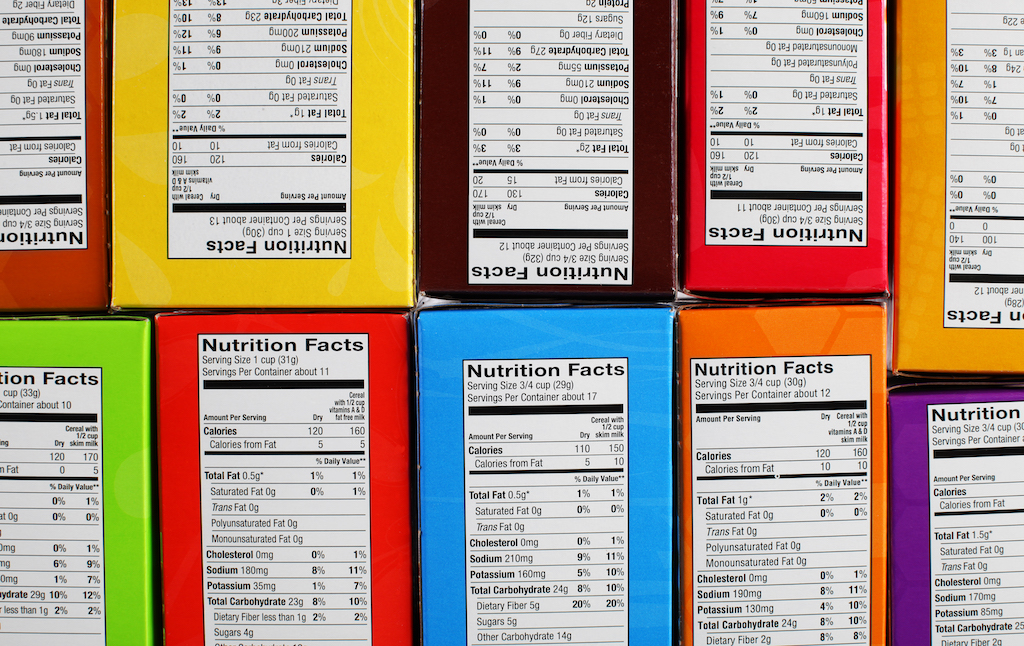
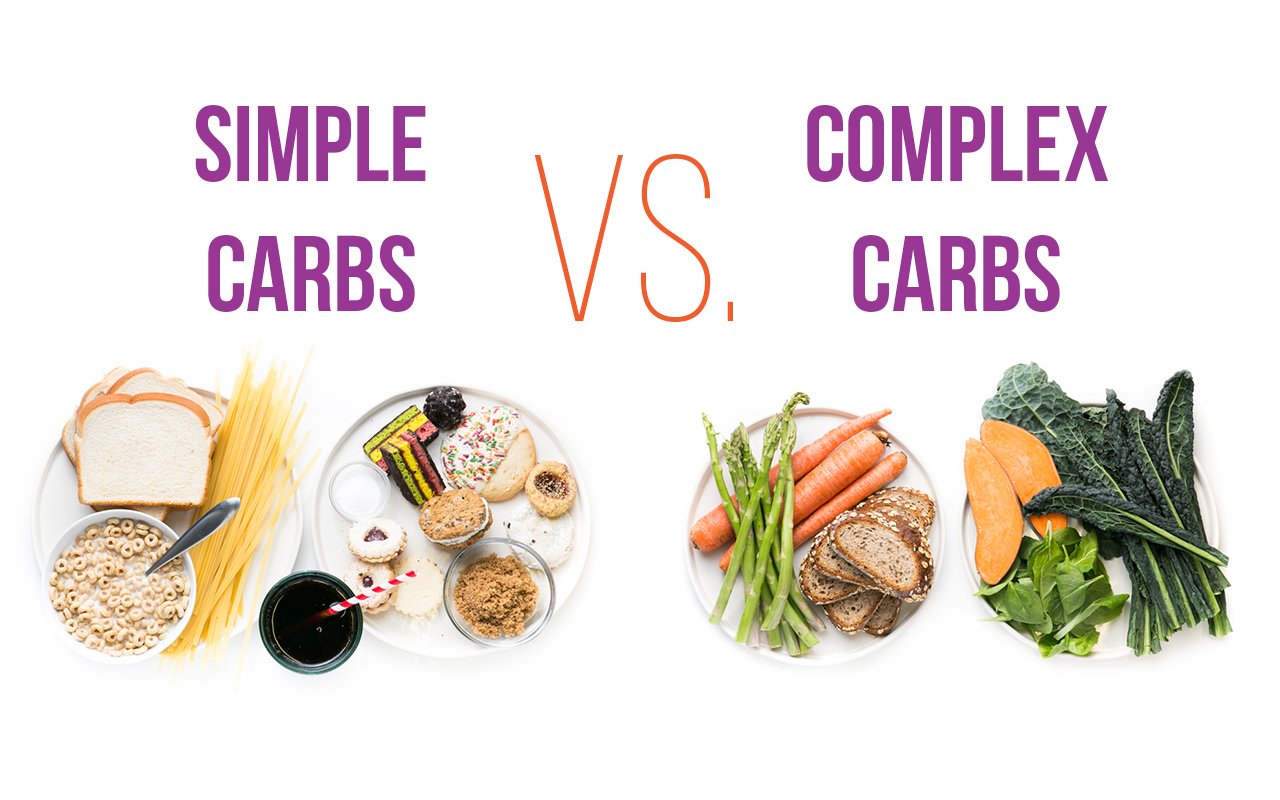
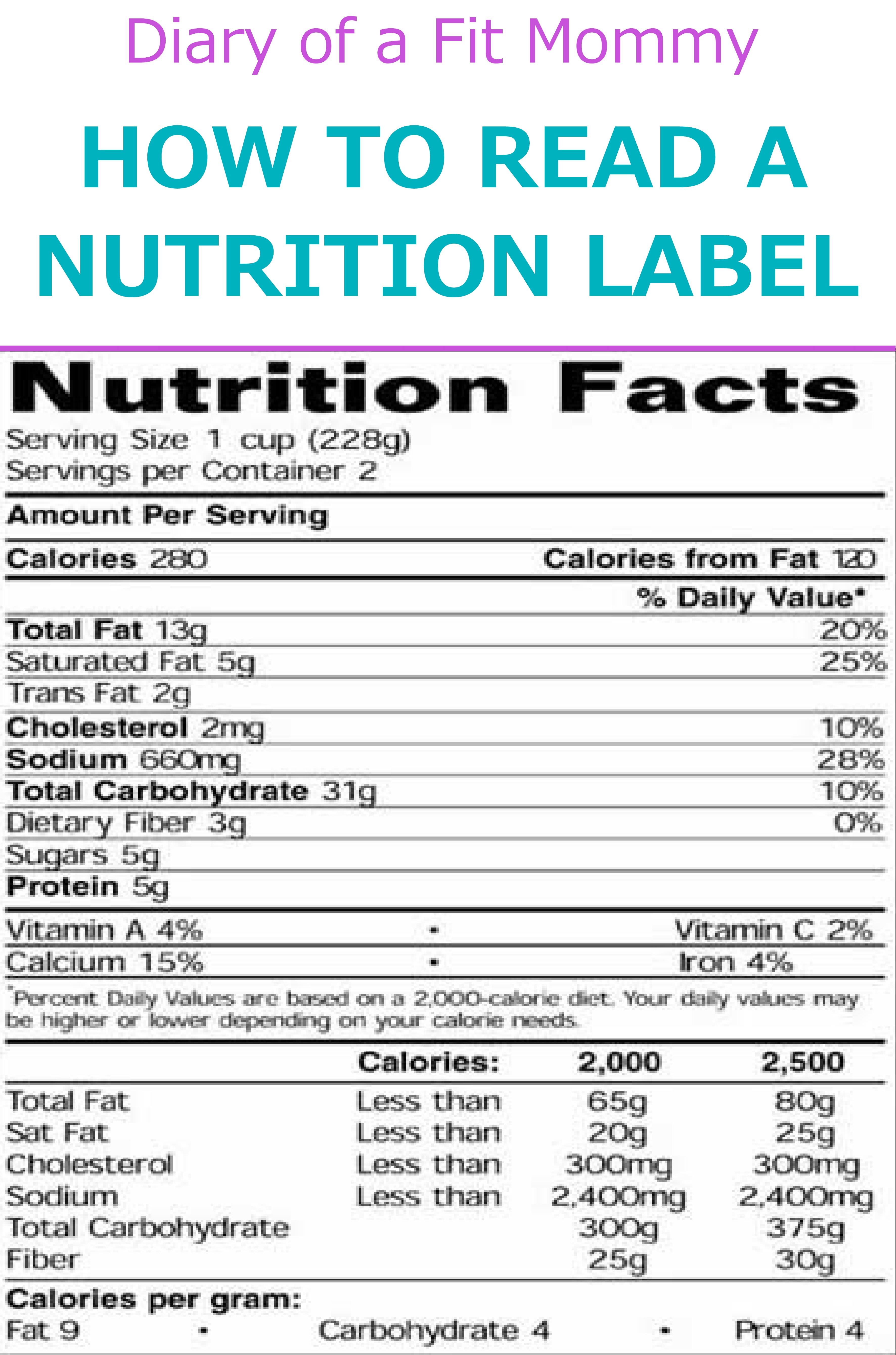
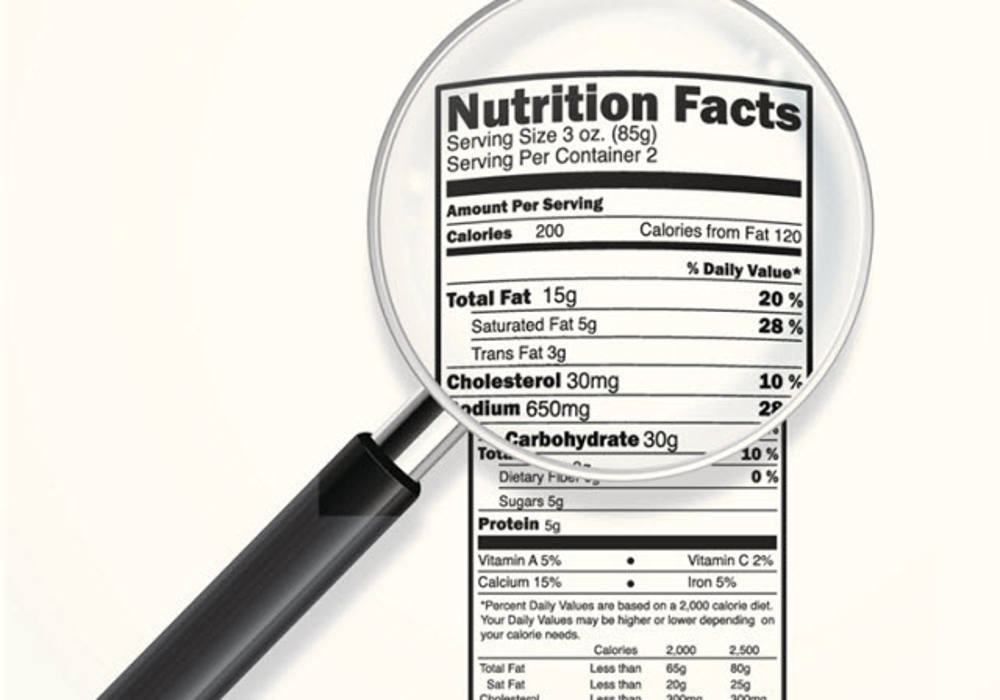
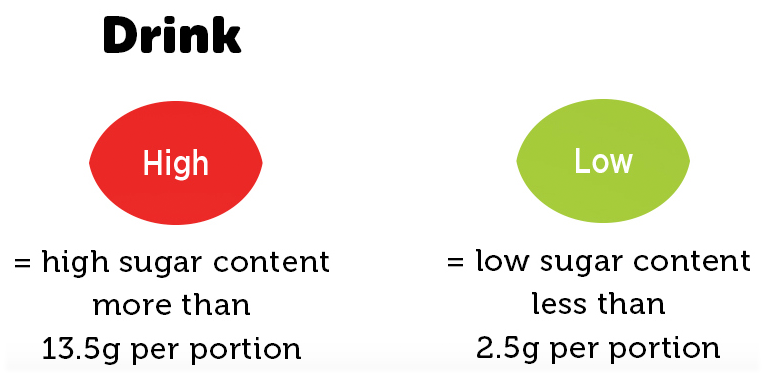




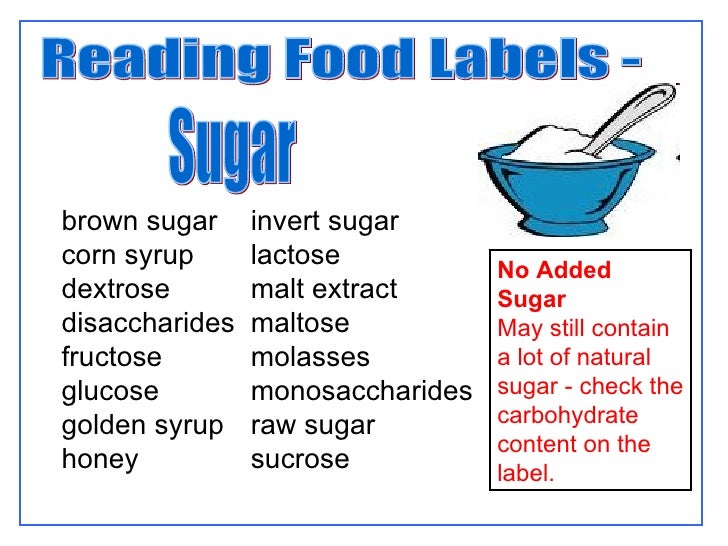
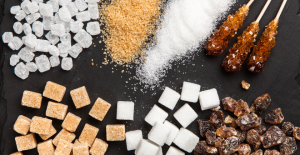

Post a Comment for "40 how to read food labels sugar"